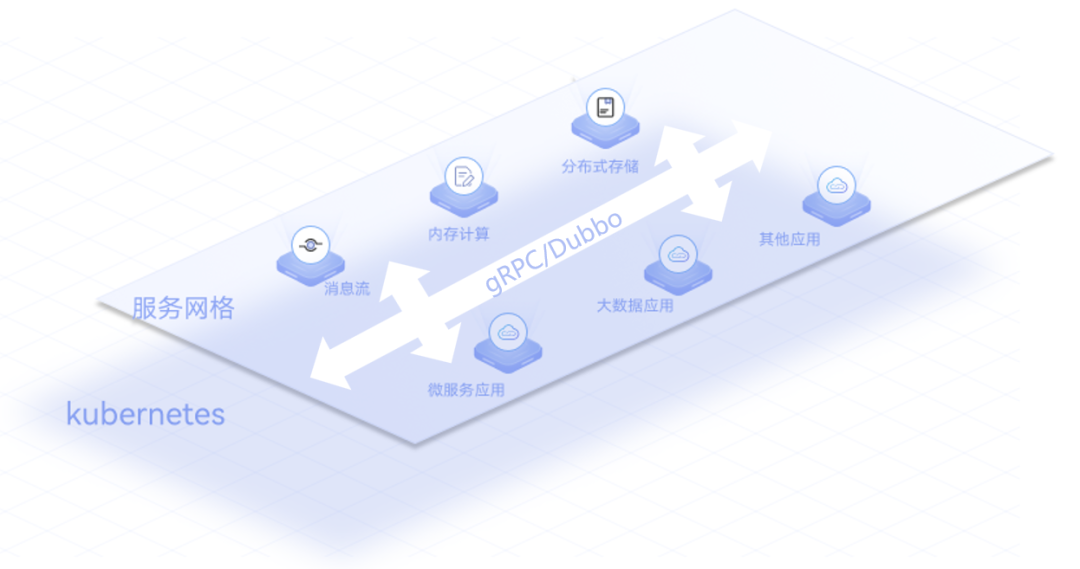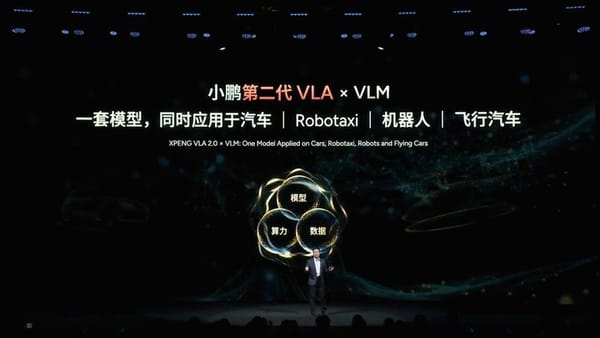# AI-Native Application Infrastructure: From Cloud-Native Foundations to Intelligent Agent Ecosystems
Over the past decade, we have built the **cornerstone of Application Infrastructure** in the cloud-native era — middleware, databases, containers — and, through **message queues**, **real-time computing**, and **distributed storage**, we have constructed the high-speed highways of modern **Data Infrastructure**.
Now the battlefield is shifting: from **cloud-native** to **AI-native**. Delivery efficiency is no longer the only goal. We move from **resource-oriented engineering** to **cognition-oriented intelligent governance** — tackling the uncertainty inherent in AI’s probabilistic, emergent worldview.
---
## Mission in a Transforming Era
- **Provide guidance, safeguards, and cost control** for AI's creative, uncertain processes.
- Respond to the AI boom: $1T surge in unprofitable AI startup valuations in just 12 months (Financial Times).
- Recognize AI’s impact: ChatGPT reached 100M monthly users in 2 months; Goldman Sachs projects $100B generative AI investment with a potential 7% GDP lift.
We must now **upgrade** from high-speed data highways to an **intelligent city** — capable of hosting, managing, and driving massive autonomous decision-making units.
---
## 1. Echoes of the Era — Lessons from Cloud-Native Infrastructure
### Cloud-Native as Digital City Blueprint
Cloud-native was **a systematic ideology** for building and running modern applications:
- **Kubernetes** — The "operating system" of the digital city.
- **Service Mesh** (Envoy, Istio, EventMesh) — Intelligent transportation networks.
- **gRPC/Dubbo** — High-speed service communication tracks.
- **Kafka/RocketMQ** — Data arteries delivering real-time information.
- **Object/Block/File Storage via CSI** — Flexible, API-driven reservoirs.
> These layers fused **application infrastructure** with **data infrastructure** to power microservices and big data analytics alike.

---
### Modern "Intelligent City" Achievements
- **Unified scheduling** for elasticity, resilience, observability, and agility.
- In-memory computing (**Redis**) as high-speed data portals.
- Platforms like [AiToEarn官网](https://aitoearn.ai/) now extend this vision into AI — integrating content generation, publishing, analytics, and model ranking ([AI模型排名](https://rank.aitoearn.ai)).
---
## 2. Era of Opportunity — Disruptive Challenges of AI-Native
### Shift to Autonomous "Agents"
Agents evolve from consultative services to **core autonomous citizens**:
- From **request–response** to **perception–understanding–planning–action** loops.
- **Developer roles** shift from coding logic to designing and coaching AI Agents.
---
### New Infrastructure Demands
**Lifecycle Management**
Platforms must incubate and manage Agents, not just deploy code:
- Prompt version control, A/B testing, staged rollouts.
- Unified toolboxes for secure API access.
**Memory Transformation**
From stateless services to stateful **long-term cognitive memory**:
1. **Manage Knowledge** (vectors, graphs, relationships).
2. **Enable Reasoning** (context enrichment).
3. **Drive Evolution** (learning from interactions).
**Governance Shift**
From deterministic orchestration to **emergent behavior governance**:
- Orchestrator Agent coordinates parallel specialized Agents.
- Fine-grained runtime review, permissions, and trust controls.
---
**Open Ecosystem Integration**
From closed service meshes to AI gateways integrating:
- External LLMs (GPT, Claude, Gemini, etc.).
- Public/private APIs securely.
- Real-time cost/latency optimization.
---
**Observability Revolution**
From white-box metrics/logs/traces to **black-box behavioral insights**:
- Reconstruct Agent think–act–observe journeys.
- Associate cognitive steps with cost, latency, and success metrics.
---
## 3. Five Lighthouses of AI-Native Application Infrastructure
### Lighthouse 1: **Agent Mesh**
A **collaboration mesh** for Agents:
- **Control Plane** — Declarative identity profiles (Agent, Tool, PromptTemplate).
- **Event-Driven Collaboration Bus** — Loosely-coupled asynchronous messaging.
- **Intelligent Connectors** — Plugins for event handling, memory access, tool invocation.
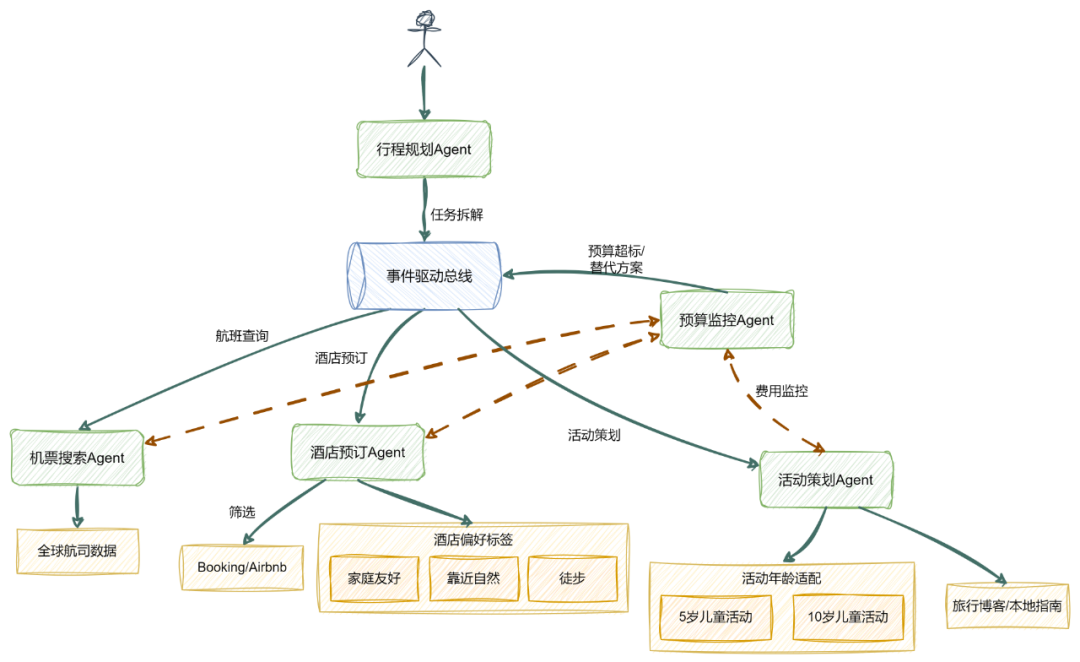
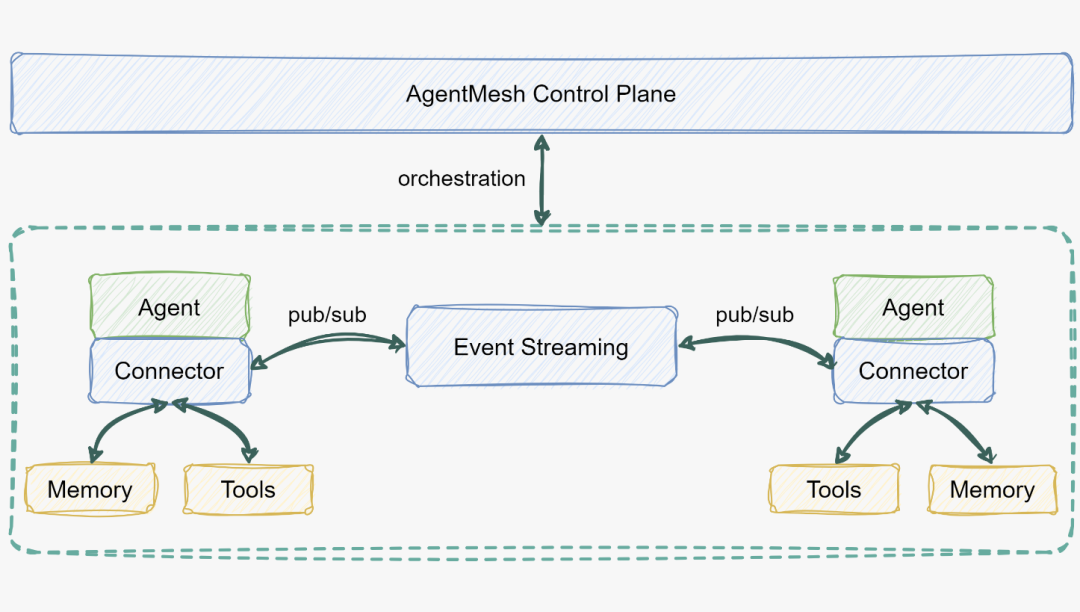
---
### Lighthouse 2: **MemoX — Cognitive Memory Platform**
Hybrid architecture combining:
- **Vector Engine** — Semantic retrieval.
- **Graph Engine** — Relationship/causal analysis.
- **KV Cache Engine** — Working memory.
Supports **collective intelligence** across Agents, portability, and dynamic evolution.
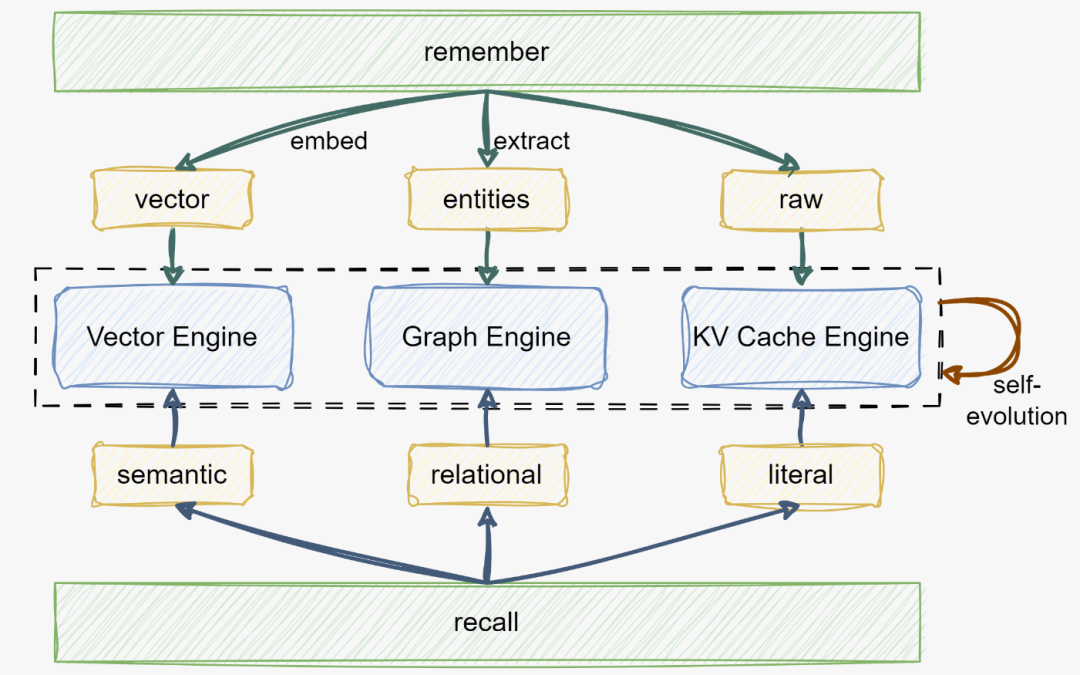
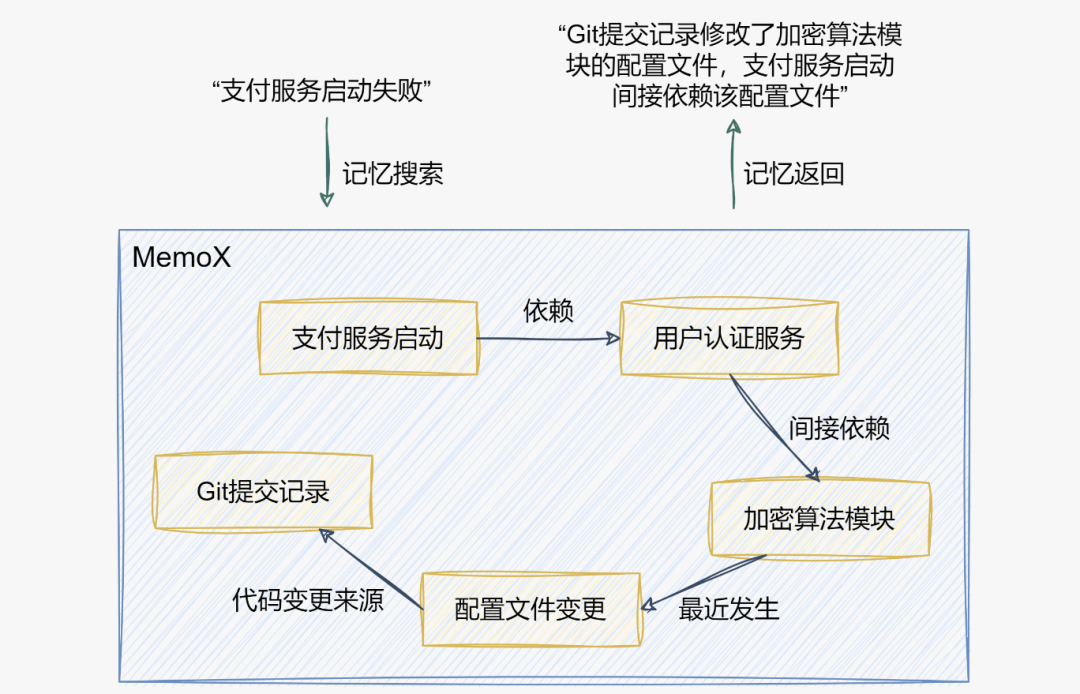
---
### Lighthouse 3: **Agent Runtime — Zero-Trust Execution**
Secure isolated Agent workspaces:
- **Event-driven state machines** for non-linear reasoning loops.
- **MicroVM/WASM sandboxes** with zero-trust security defaults.
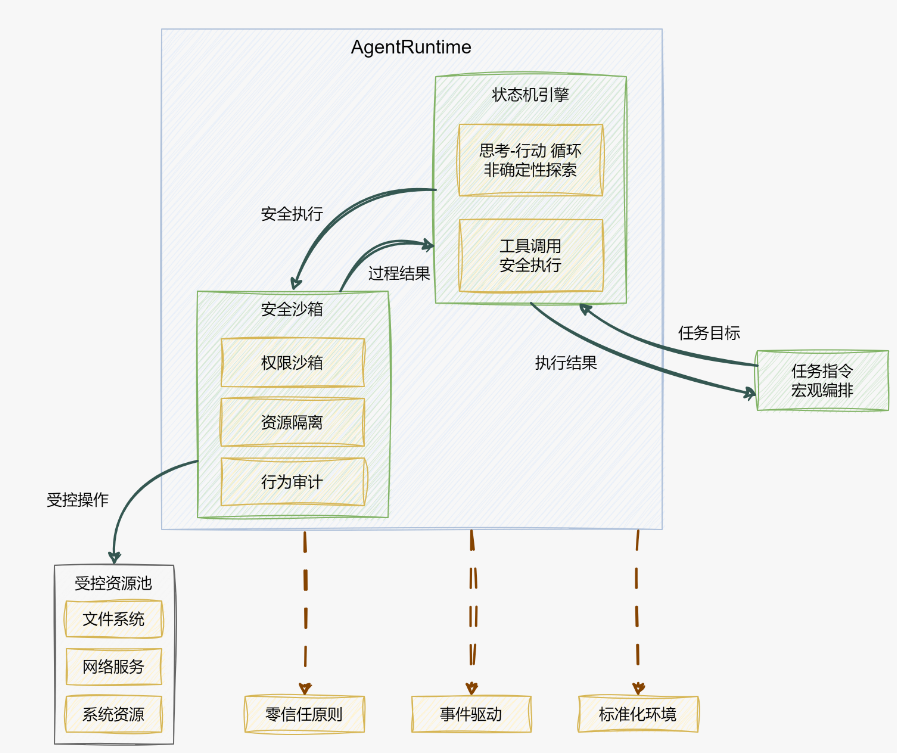
---
### Lighthouse 4: **AI Gateway — Unified Ecosystem Entry**
Central "customs" hub for model/tool interactions:
- **Model Gateway** — Routing, failover, caching, prompt auditing.
- **Tool Gateway** — Authentication, schema adaptation, secure proxy.
- **Federated Gateway** — Decentralized identity (DID) and verifiable credentials (VC).

---
### Lighthouse 5: **Agent Insight — Intelligent Observability**
End-to-end tracing of Agent cognition:
- Structured event probes in Agent Mesh, Gateway, MemoX, Runtime.
- Visual thought timelines, cost/latency overlays, A/B comparisons.
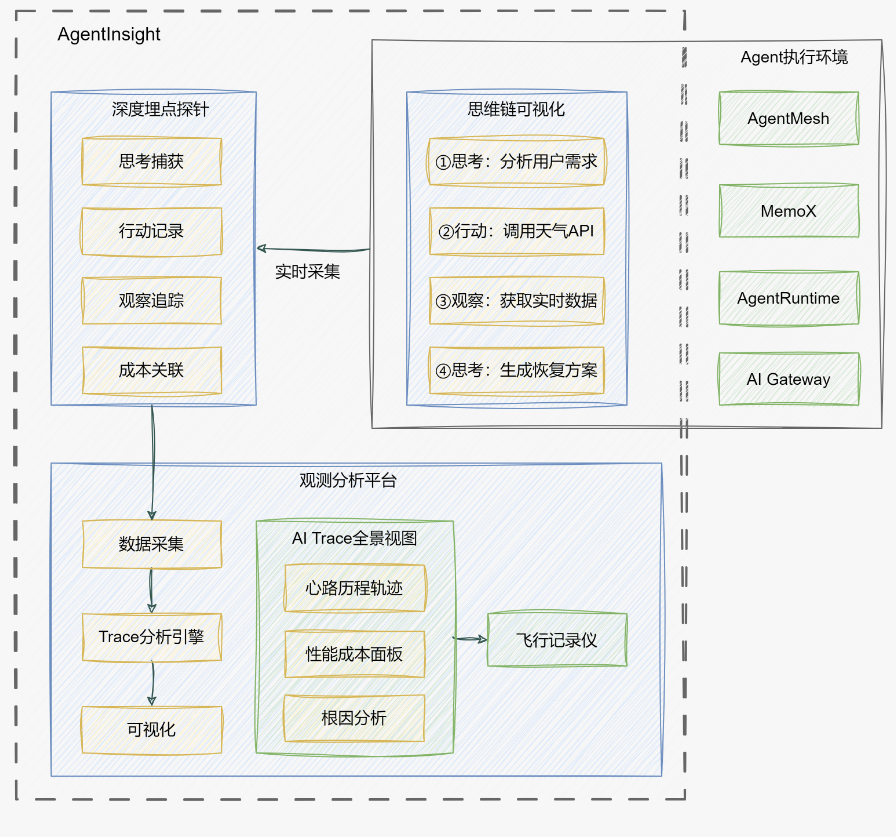
---
## 4. Conclusion — The AI-Native Blueprint
AI-native middleware/PaaS platforms must:
- Encapsulate AI’s complexity and uncertainty.
- Offer stable, efficient, secure interfaces to business applications.
- Possess **perception**, **decision-making**, and **governance** capabilities.
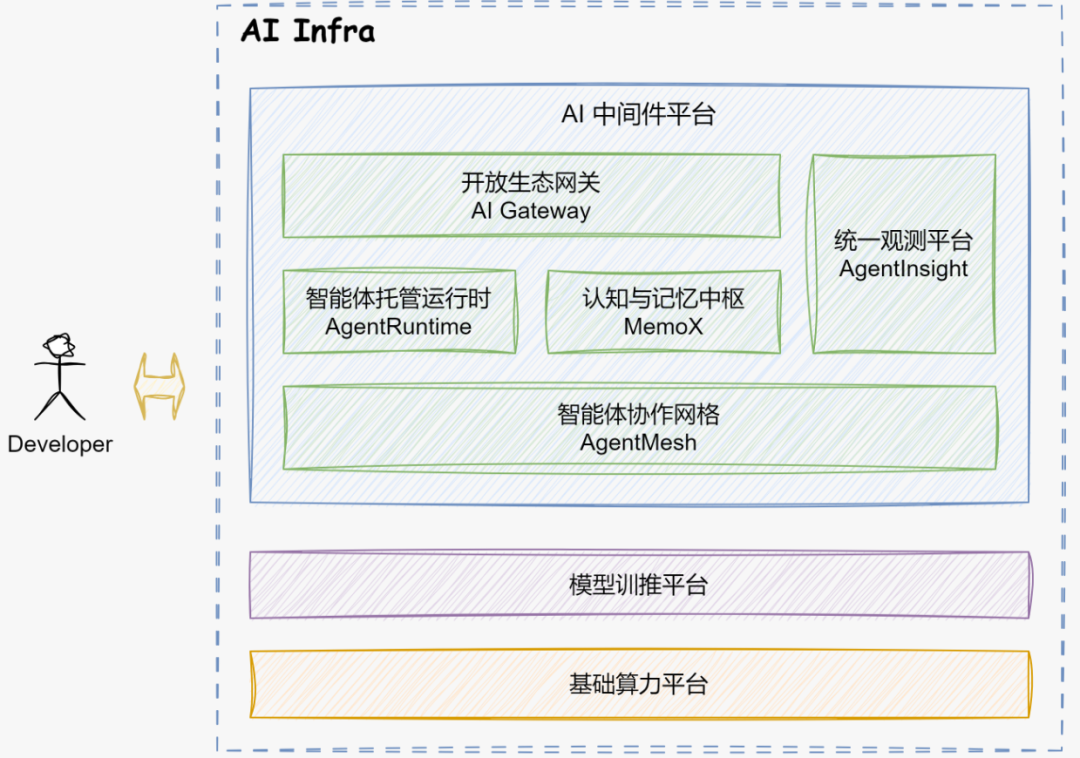
**Goal:** Build open, standardized, efficient platforms for AI-native applications — unlocking innovation without complexity constraints.
---
### Practical Ecosystem Examples
Platforms like [AiToEarn官网](https://aitoearn.ai/) illustrate:
- Open-source global AI content monetization.
- AI-generated content publishing across Douyin, Kwai, WeChat, Bilibili, Xiaohongshu, Facebook, Instagram, LinkedIn, Threads, YouTube, Pinterest, and X (Twitter).
- Integrated analytics and AI model ranking.
> Combining AI-native infrastructure principles with content monetization ecosystems offers a **bridge between cognition and value creation** — essential for the next era of applications.
